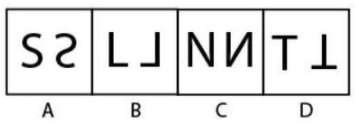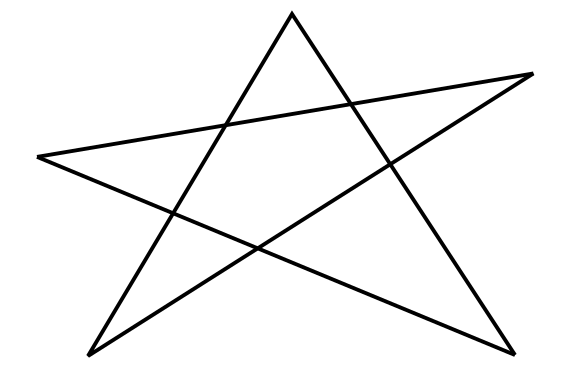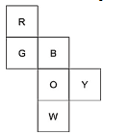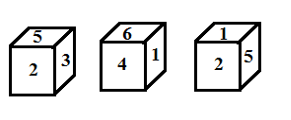Non Verbal Reasoning Test with Answers
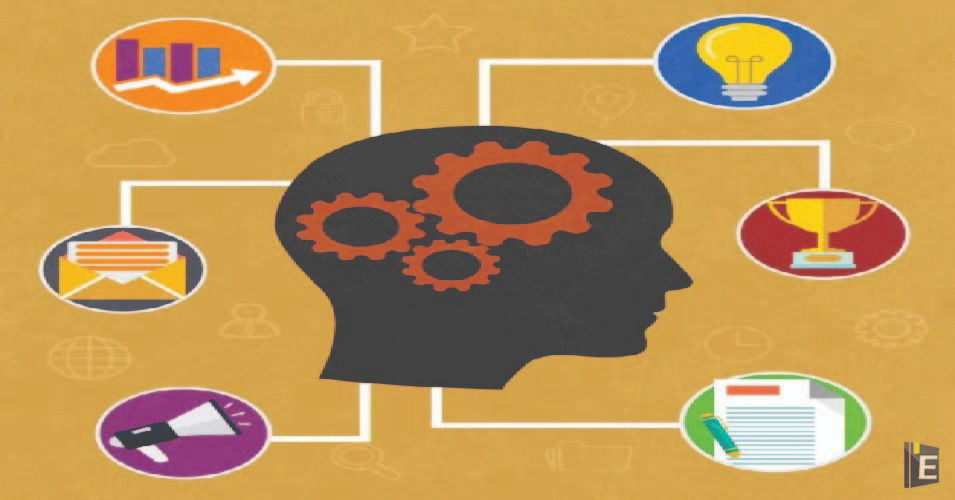
Find the odd one out.
(A) A
(B) B
(C) C
(D) D
Correct Answer : D
Choose the mirror image for the following figure.
(A) A
(B) B
(C) C
(D) D
Correct Answer : D
How many squares are there in the given figure?
(A) 15
(B) 12
(C) 13
(D) 14
Correct Answer : C
(A) 1/3
(B) 1/9
(C) 8/9
(D) 9/10
Correct Answer : B
Explanation :
Answer: B) 1/9 Explanation: S = { (1, 1), (1, 2), (1, 3), (1, 4),(1, 5), (1, 6), (2, 1), (2, 2),.........(6, 5), (6, 6) } => n(S) = 6 x 6 = 36 E = {(6, 3), (5, 4), (4, 5), (3, 6) } => n(E) = 4 Therefore, P(E) = 4/36 = 1/9
Count the number of triangles in the figure.

(A) 16
(B) 15
(C) 17
(D) 18
Correct Answer : A
Find the number of triangles in the given figure.
(A) 8
(B) 9
(C) 10
(D) More than 10
Correct Answer : C
Form the given, which answer figure can be formed by folding the figure given in the question?
(A)
(B)
(C)
(D)
Correct Answer : C
How many triangles are there in the given figure?
(A) 18
(B) 24
(C) 26
(D) 28
Correct Answer : C
Three different positions of a dice are shown below. Which number appears on the face opposite the number 4?
(A) 6
(B) 5
(C) 3
(D) 2
Correct Answer : B
In a big cube, only two surface-colored total cubes are 24. Find out how many total small cubes are there in this big cube?
(A) 64
(B) 24
(C) 125
(D) 343
Correct Answer : A




